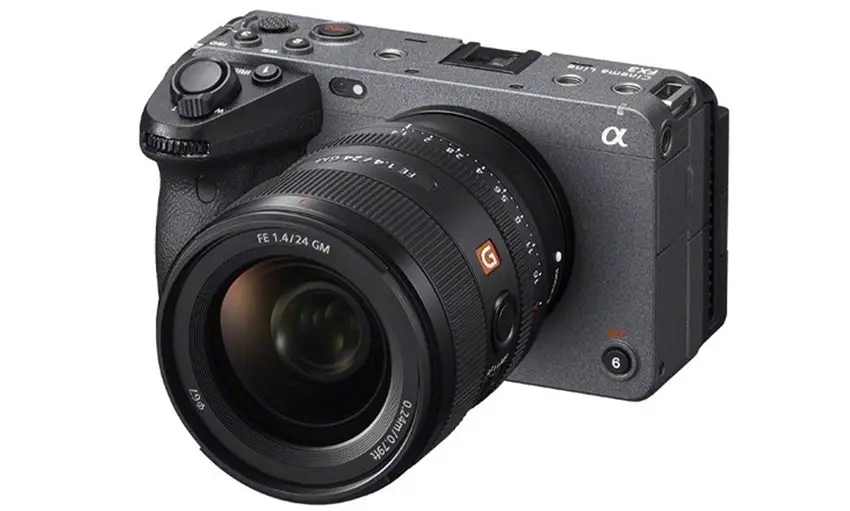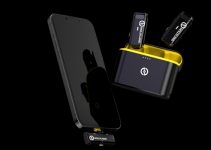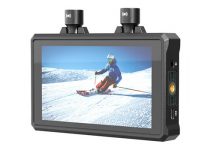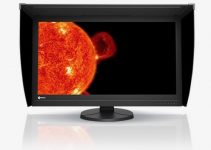It’s been a crazy year of announcements for the cinema world. The biggest change is how the compact options have been completely transformed and now there are a plethora of high-end options in tiny bodies. Director and cinematographer Tom Antos has a massive collection of tests for early 2021 where he is actually able to compare a bunch of the latest releases.
Antos does make clear early that there almost is no such thing as a bad camera these days. Nearly everything can be used to create a beautiful image. The differences will however make one camera better suited to one thing or another and that is why these comparisons are worthwhile.
In this comparison, the cameras being used include:
Every camera for the uses the same lens and same lighting. All used their native ISO (except low-light tests) and used the native log formats. In post, the footage is graded with just the camera manufacturer’s log to Rec.709 LUT.
Summing up all the cameras distinct advantages, it’s easy to start with Sony. The FX6 is a baby cinema camera that can keep up with the bigger FX9 and, to a lesser extent, the VENICE. The FX3 is a more cinemized take on the a7S III, which is nice but not huge. Both also have the most reliable AF systems of the bunch.
An interesting pick is the Z CAM E2-F6, which is also a full-frame option like the Sonys. It’s very full-featured for the price, with 6K up to 60p and even 12-bit raw recording. A modular design makes it useful for many different shooters.
RED is the big name here and the KOMODO 6K is a new direction for the company. It’s tiny and has a global shutter that eliminates that jello effect. It still retains the 16 stops of dynamic range with this Super 35mm sensor and brings all the RED goodies, like REDCODE RAW.
Finally, the Pocket 6K Pro is the newest but likely the most familiar. It takes the bones of the regular Pocket 6K and adds a brighter, tilting screen, a bigger battery, and a few more welcome changes.
Now you can check out the blind test and see what footage you like the best. And once you do that then you should check out part two.
Do you have a favorite already picked out?
Antos saved the reveal of which camera is which until the second video, and even included audience votes on which camera was preferred.
Spoilers ahead!
In the last place with 6% was the RED KOMODO, at 12% was the Pocket 6K Pro, 20% was the FX3, topped with 30% by the FX6, and then taking the crown was the Z CAM E2-F6 with 32%. It’s a shocking order, to be honest.
My take on this has to do with the editing process. This only accounts for basically a straight-out-of-camera look. Something like the KOMODO is designed for a serious workflow with Raw footage and in-depth editing.
Z CAM came out strong interestingly, but the FX6 was super close and has some of Sony’s most tuned colors at this point. The FX3 falling just under the FX6 makes a bit of sense.

Image Credit: Sony
On first glance, it does show how close all these cameras can be without much work. And then with a little work, you can really work wonders with all the footage.
There really isn’t a bad camera in the bunch!
What was your favorite cinema camera here or what would you have liked to see? I wish they could’ve gotten a C70.
[source: Tom Antos (Part 1 & Part 2)]
Order Links:
- RED KOMODO 6K Cinema Camera (B&H)
- Sony FX3 Cinema Line Camera (B&H, Amazon)
- Sony FX6 Cinema Line Camera (B&H, Amazon)
- Z CAM E2-F6 6K Full-Frame Cinema Camera (B&H, Amazon)
- Blackmagic Design Pocket Cinema Camera 6K Pro (B&H, Amazon)
Disclaimer: As an Amazon Associate partner and participant in B&H and Adorama Affiliate programmes, we earn a small comission from each purchase made through the affiliate links listed above at no additional cost to you.
Claim your copy of DAVINCI RESOLVE - SIMPLIFIED COURSE. Get Instant Access!





